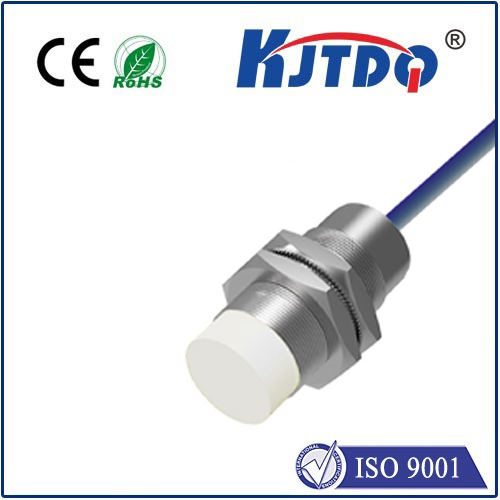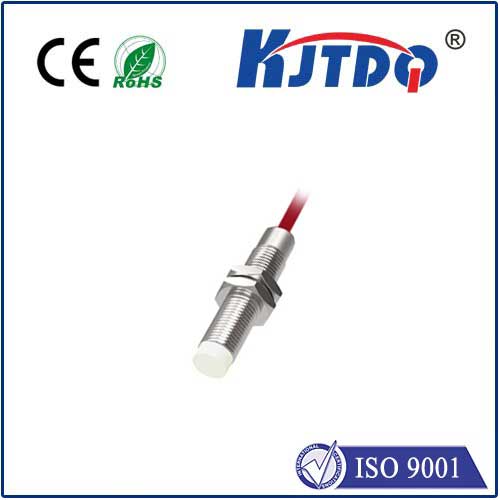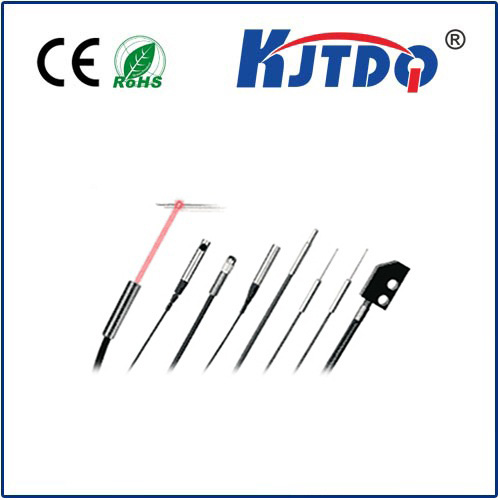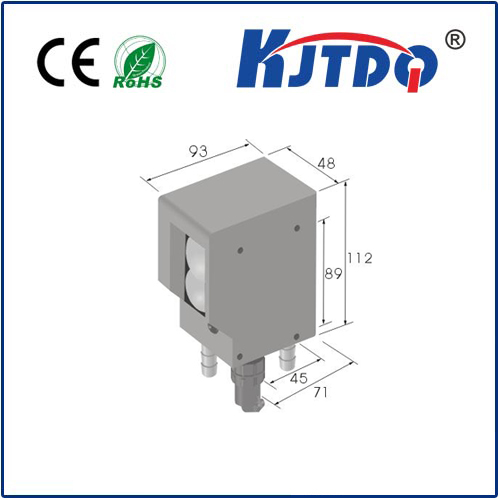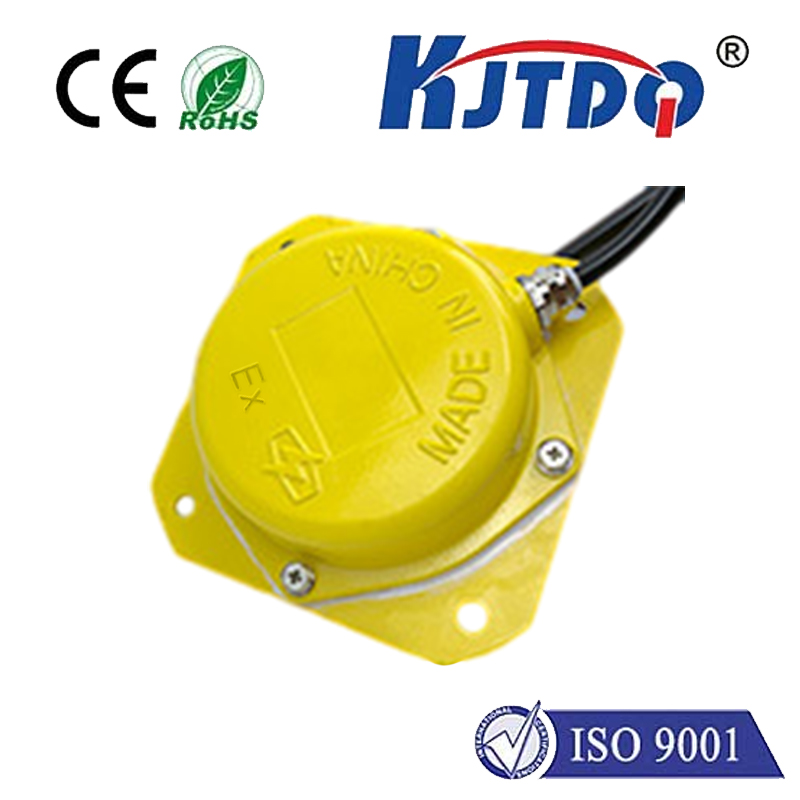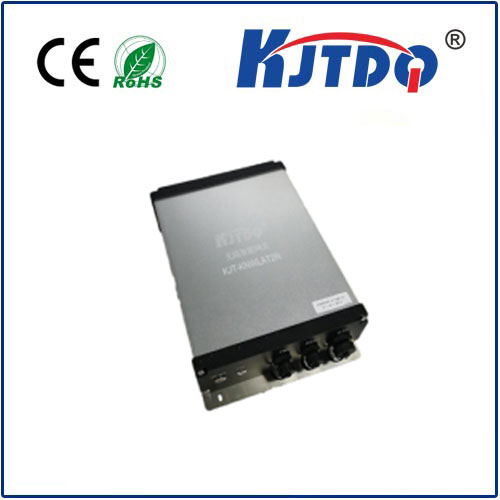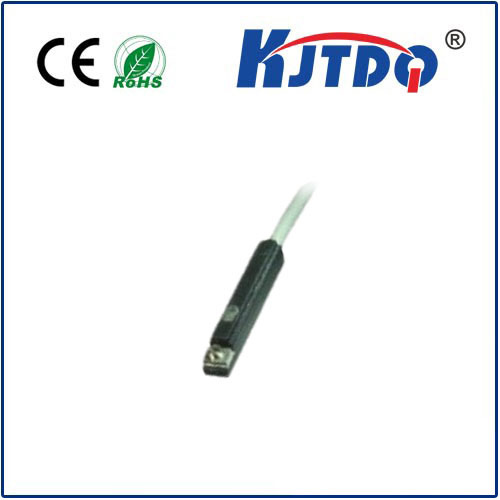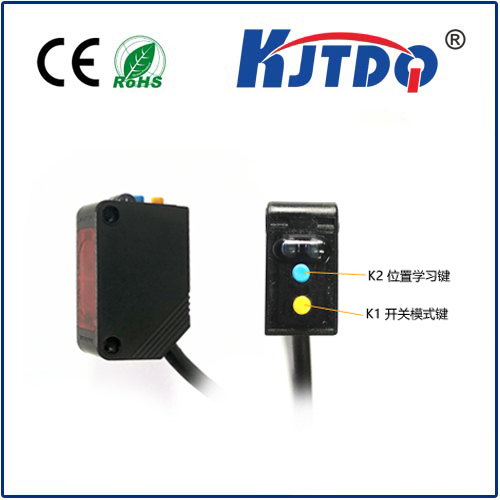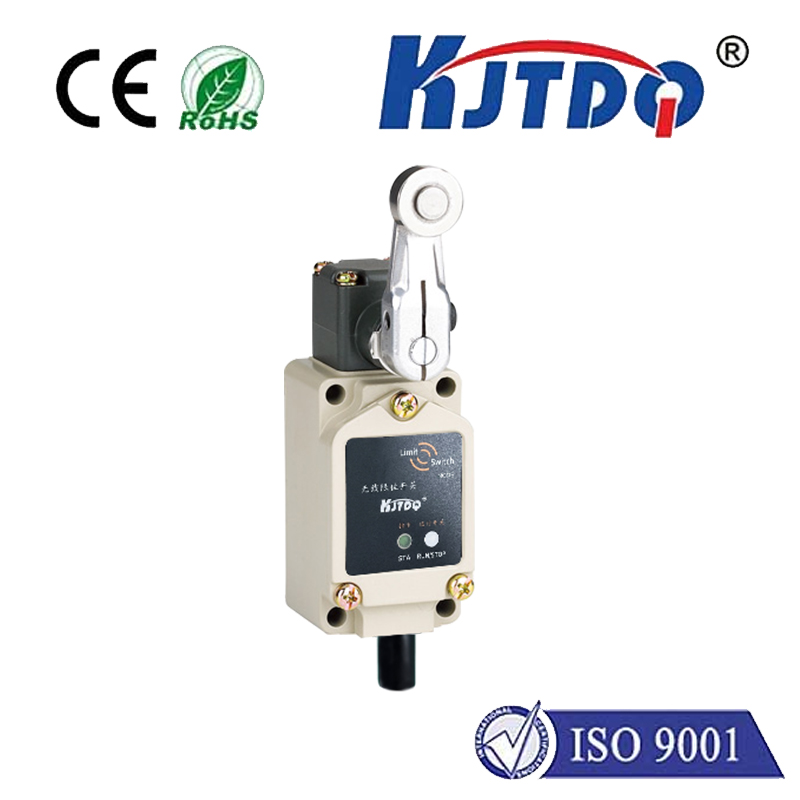Title: Build Your Own 3D Scanner with LiDAR and Arduino: A Step-by-Step Guide Have you ever dreamed of creating precise 3D models of objects in your workspace, but felt intimidated by the cost and complexity of professional equipment? What if you could build a functional LiDAR-based 3D scanner using affordable, off-the-shelf components and an Arduino microcontroller? This DIY project merges cutting-edge LiDAR technology with the versatility of Arduino, offering hobbyists, makers, and educators a gateway into the world of 3D scanning—without breaking the bank.
LiDAR (Light Detection and Ranging) has revolutionized industries like autonomous vehicles and topography, but its applications extend far beyond. By emitting laser pulses and measuring reflection times, LiDAR sensors generate high-resolution spatial data, making them ideal for 3D scanning. Pairing this with Arduino, a platform celebrated for its accessibility and adaptability, allows users to process LiDAR data into actionable 3D models. The beauty of this combination lies in its scalability. Whether you’re scanning small objects for 3D printing or mapping room-sized environments, Arduino’s programmable logic lets you customize the scanner’s precision, speed, and output format.
To build a basic LiDAR 3D scanner, you’ll need:

Mount the LiDAR sensor on the stepper motor, ensuring it rotates smoothly. Connect the motor to its driver module, then link both the motor driver and LiDAR to the Arduino. Power the system using a 12V supply for stability.
Upload a sketch that synchronizes the stepper motor’s rotation with LiDAR data collection. For example:
# Включая
const int stepsPerRevolution = 200;
Stepper motor(stepsPerRevolution, 8, 9, 10, 11);
void setup() {
Serial.begin(115200);
motor.setSpeed(60);
}
void loop() {
motor.step(stepsPerRevolution);
float distance = readLiDAR(); // Custom function to fetch LiDAR data
Serial.println(distance);
}
This code rotates the motor incrementally while capturing distance measurements.
Use Processing or Python’s Matplotlib to convert serial data into a 3D point cloud. By assigning coordinates (angle, distance, height) to each measurement, you can reconstruct objects in software like MeshLab or Blender.
While DIY scanners won’t match industrial-grade systems, these tips enhance results:
As LiDAR modules shrink in size and cost, integrating them with open-source platforms like Arduino democratizes advanced technologies. Innovations like time-of-flight (ToF) sensors and machine learning-based reconstruction algorithms promise even greater accessibility. Whether you’re a tinkerer exploring new projects or an educator seeking hands-on STEM tools, building a LiDAR 3D scanner with Arduino is more than a weekend project—it’s a leap into the future of digital fabrication.
